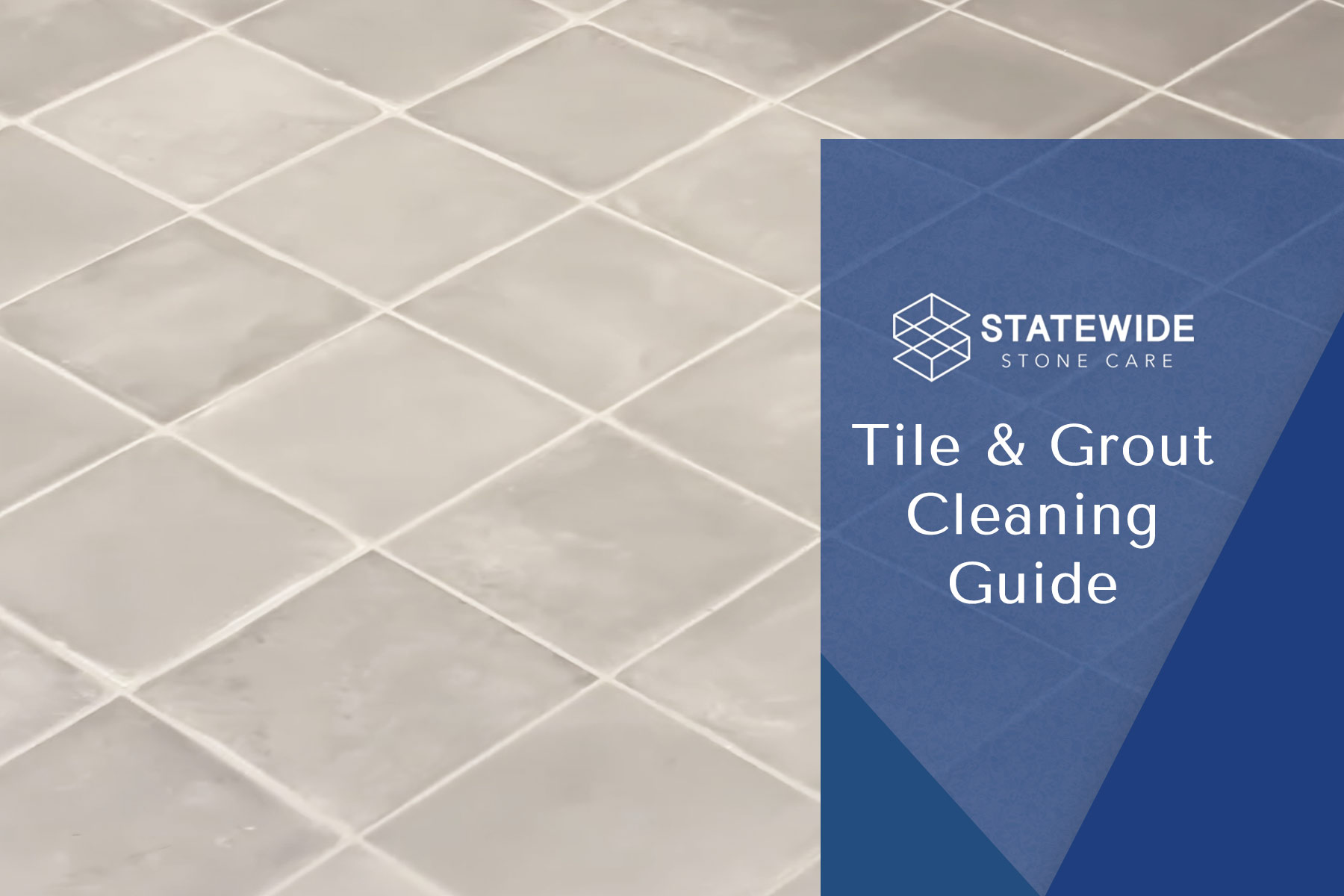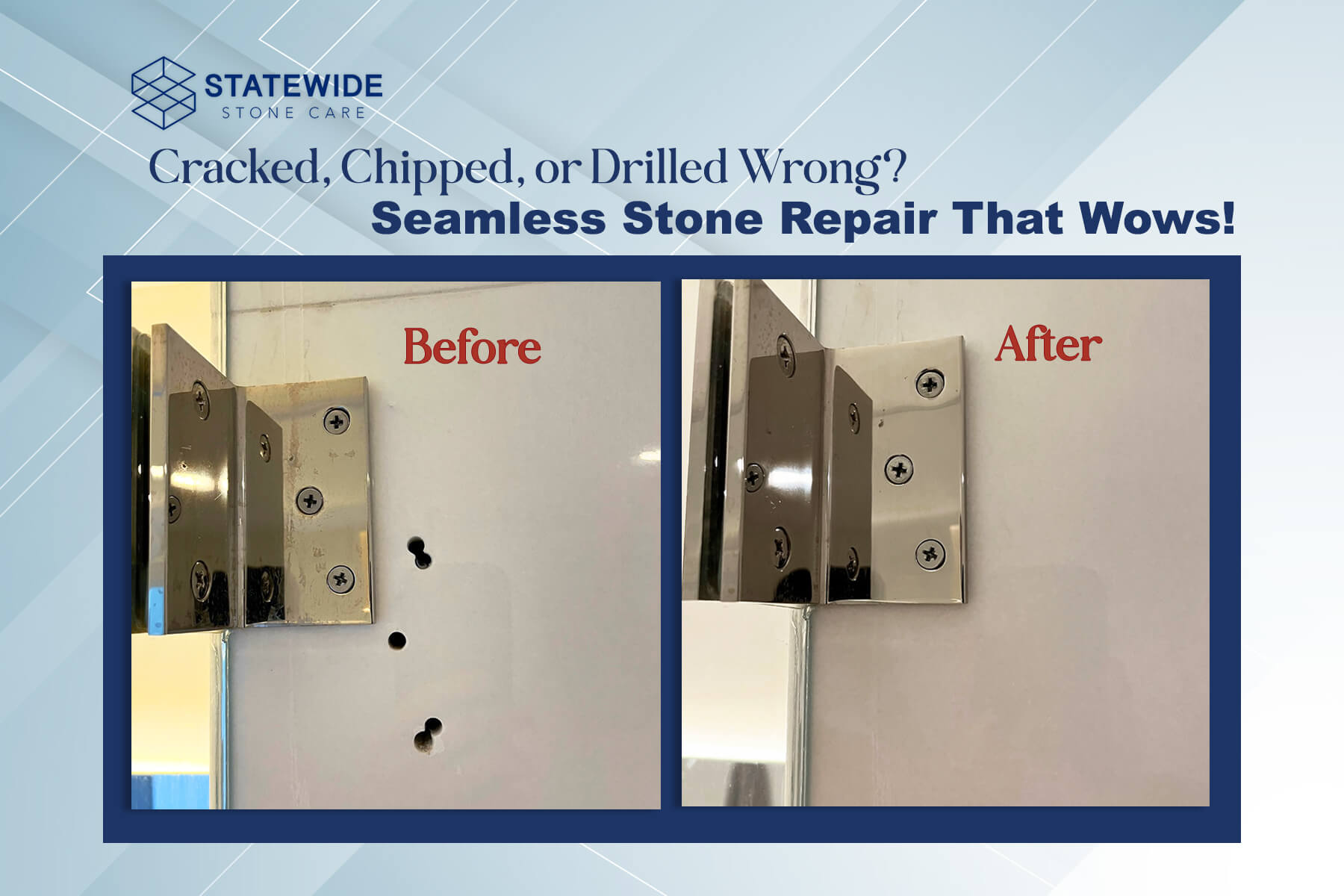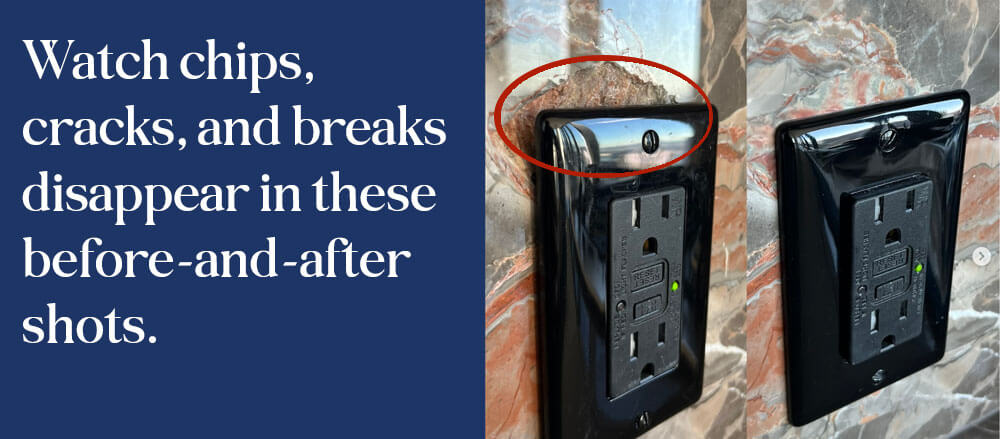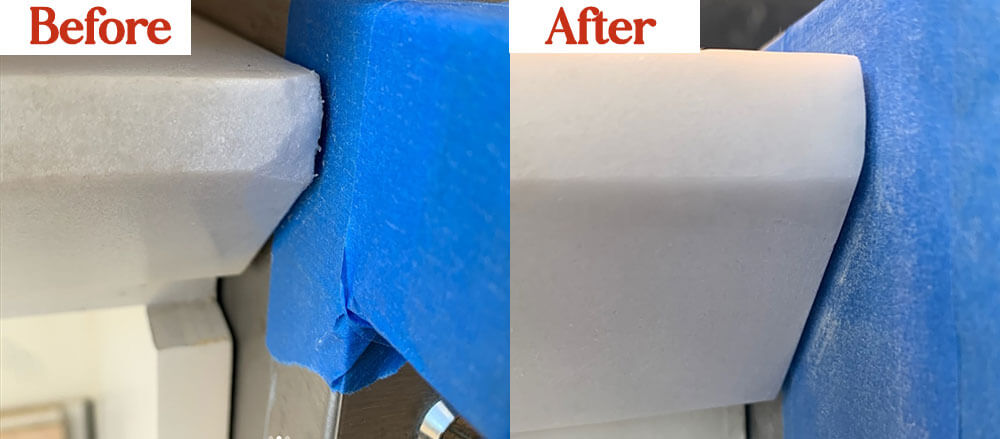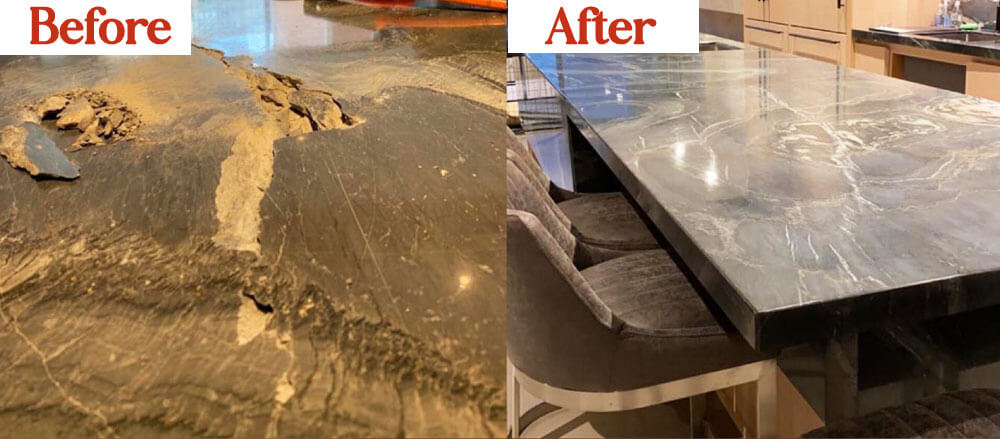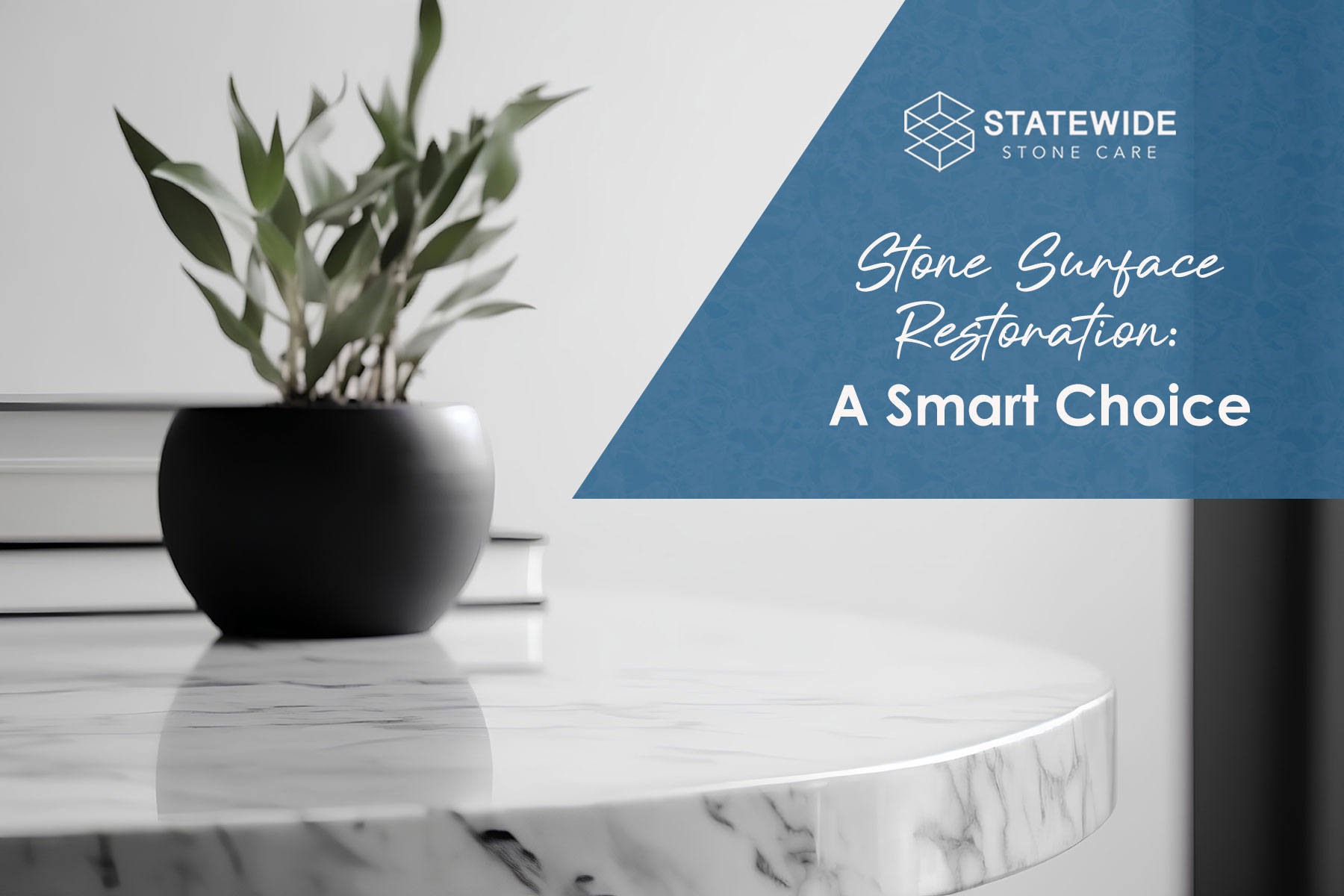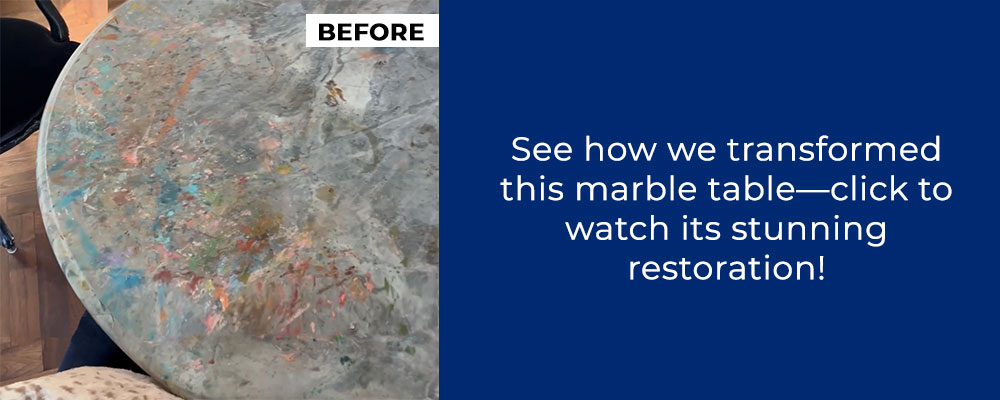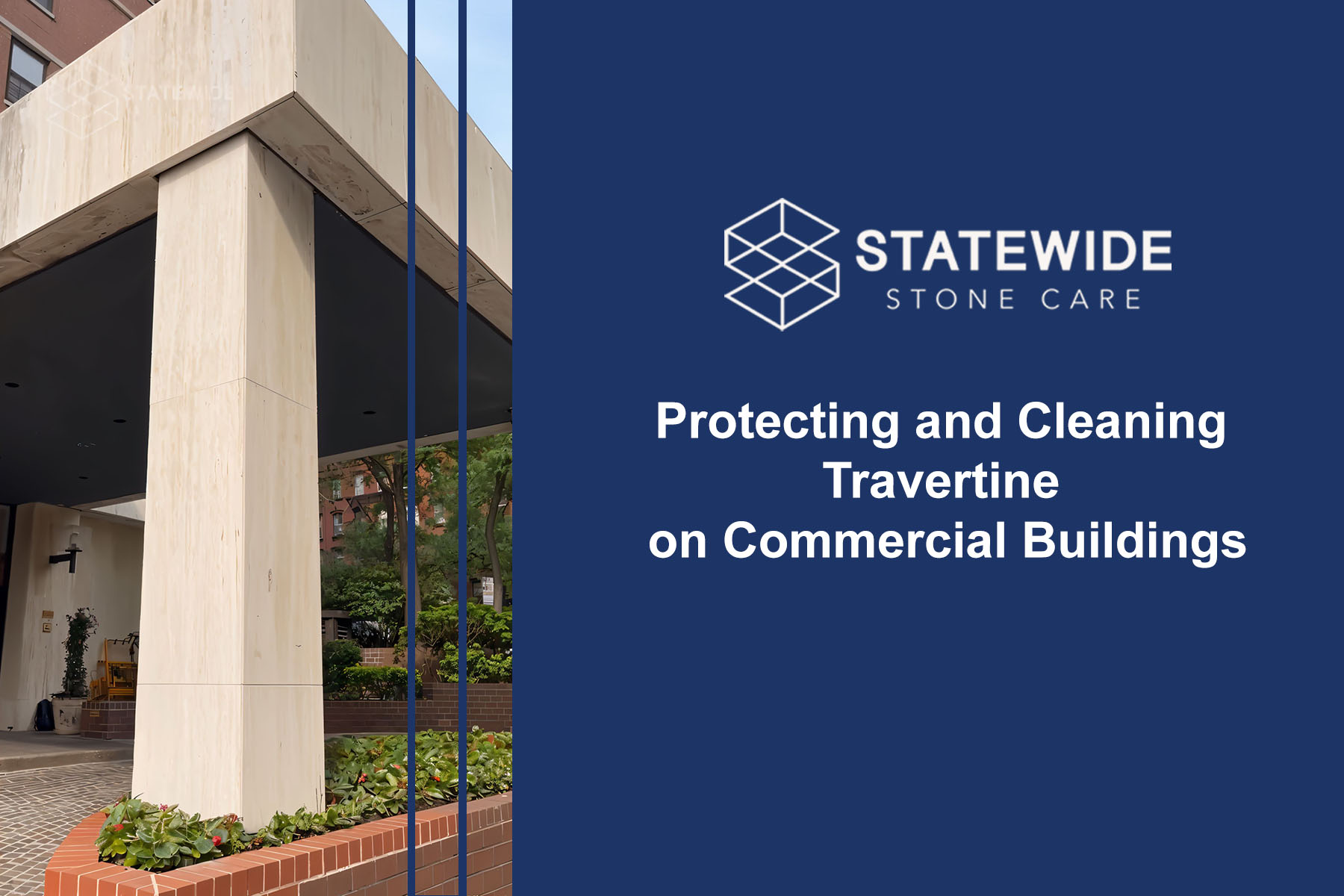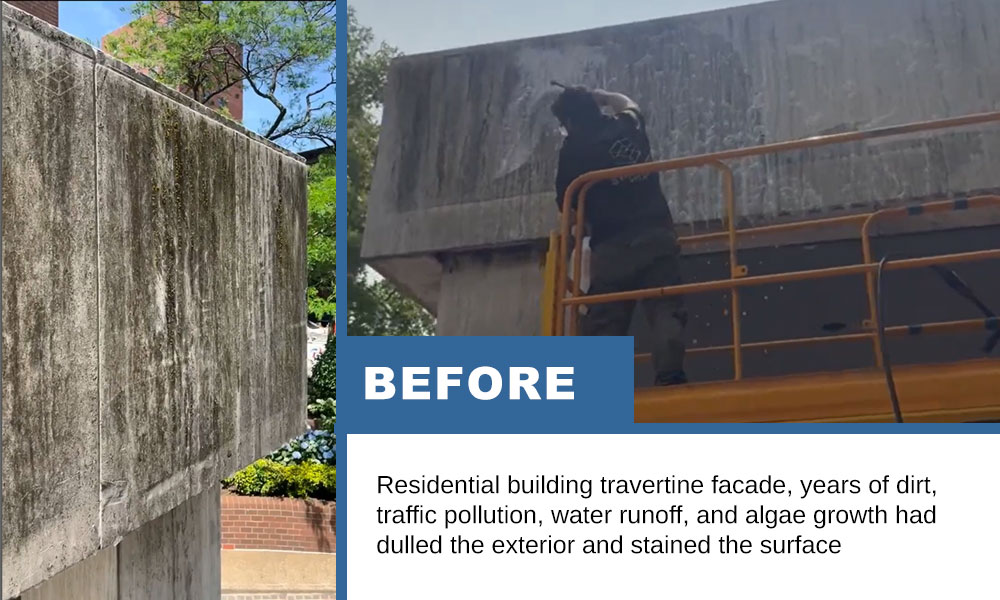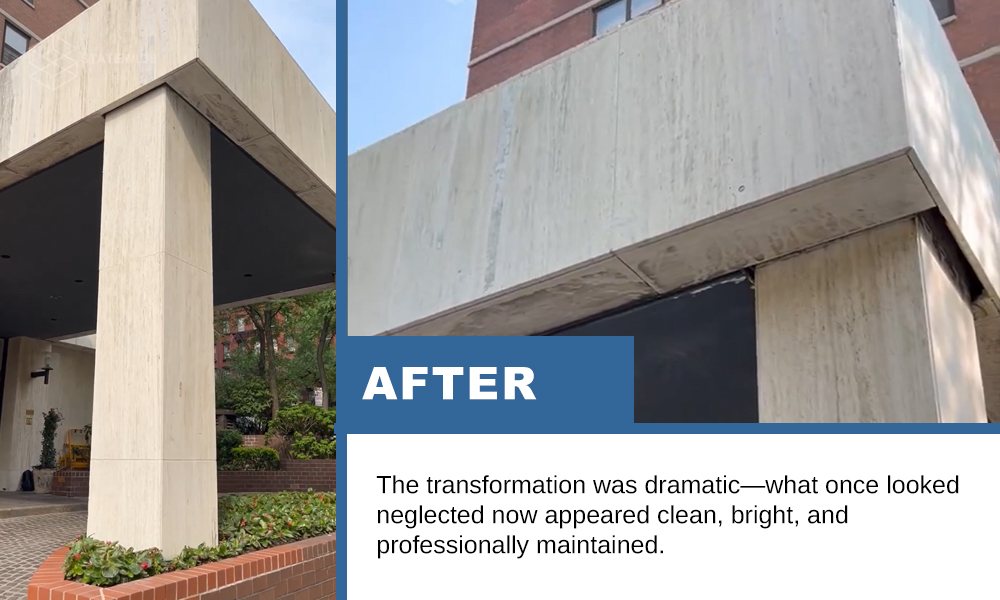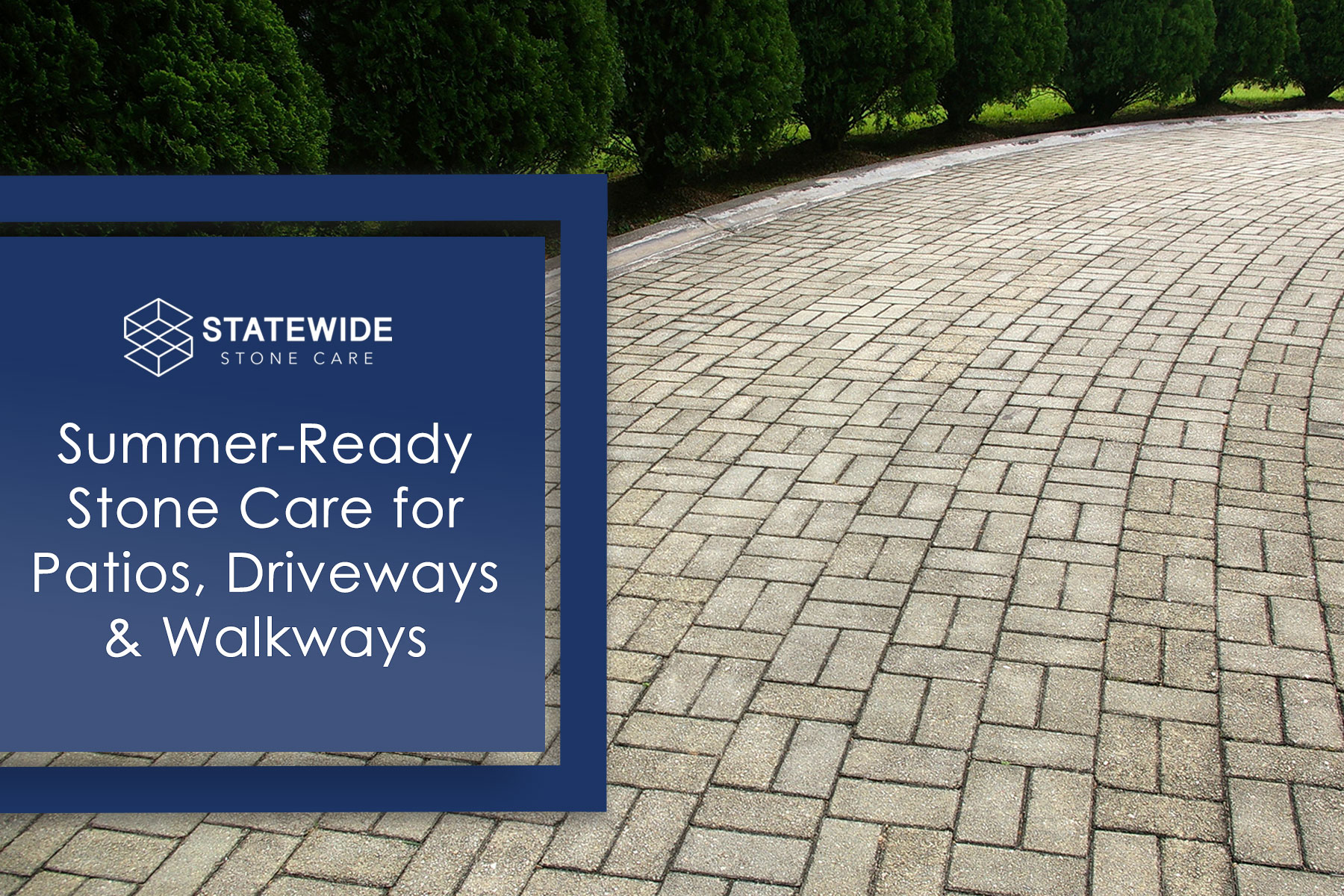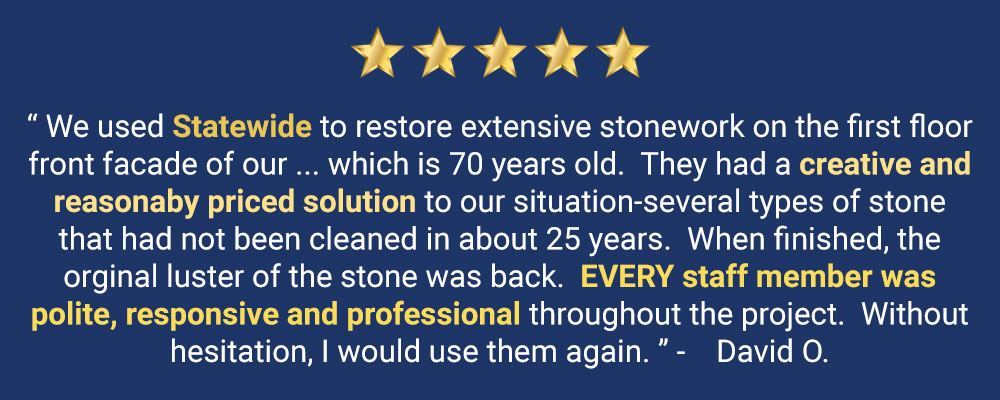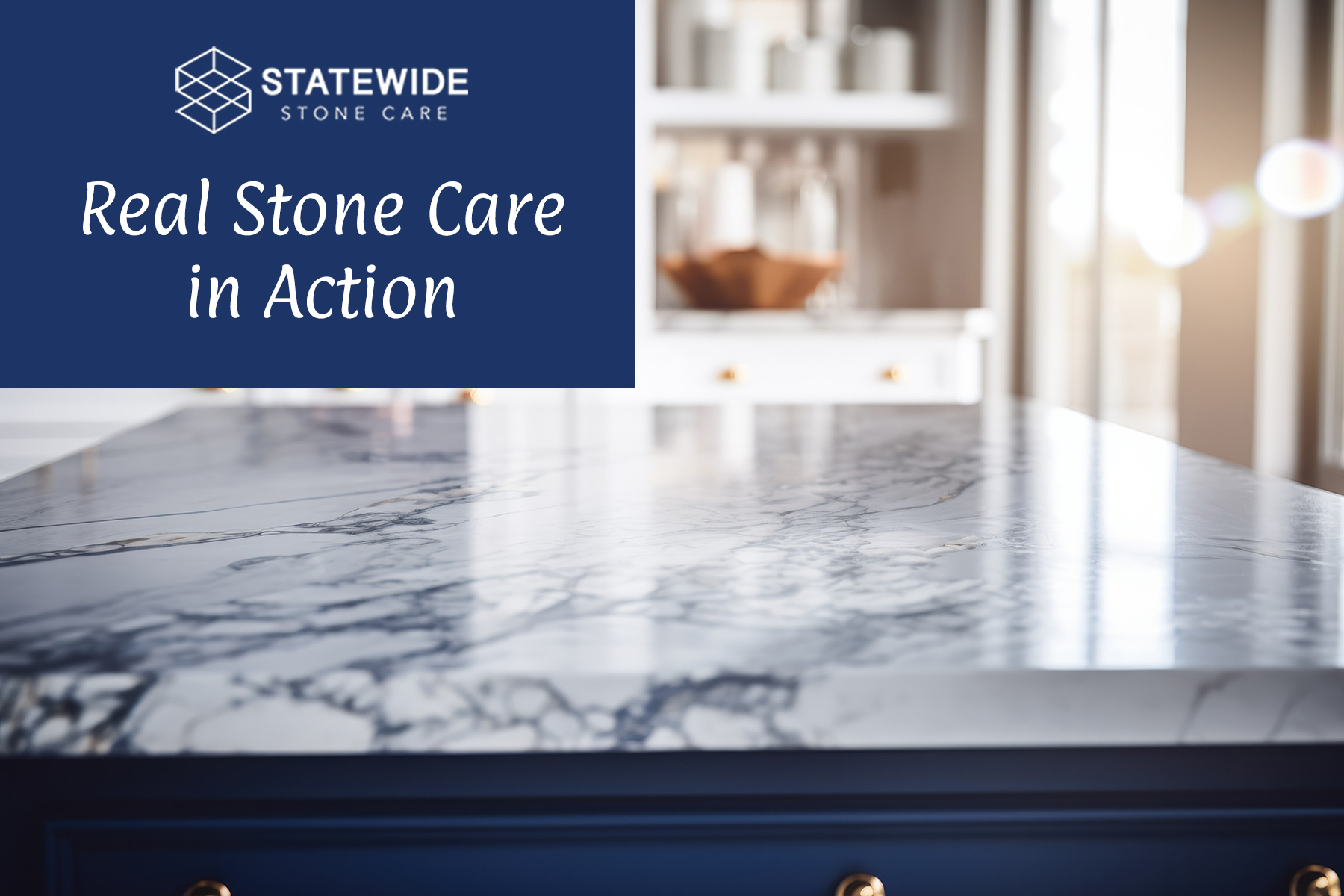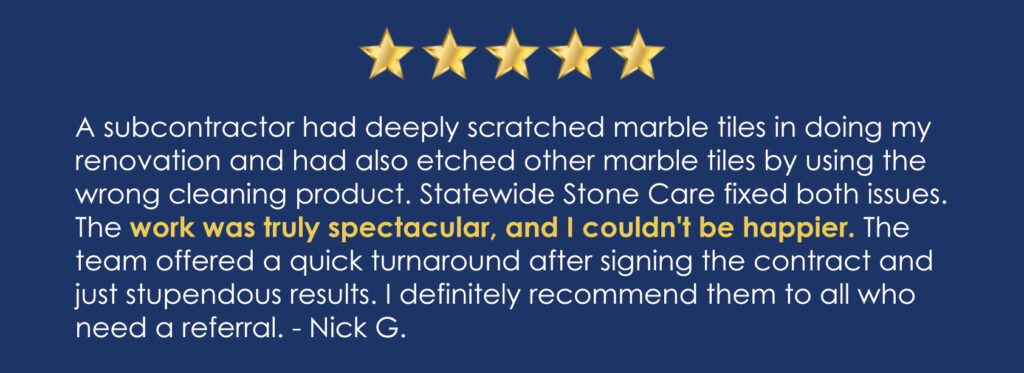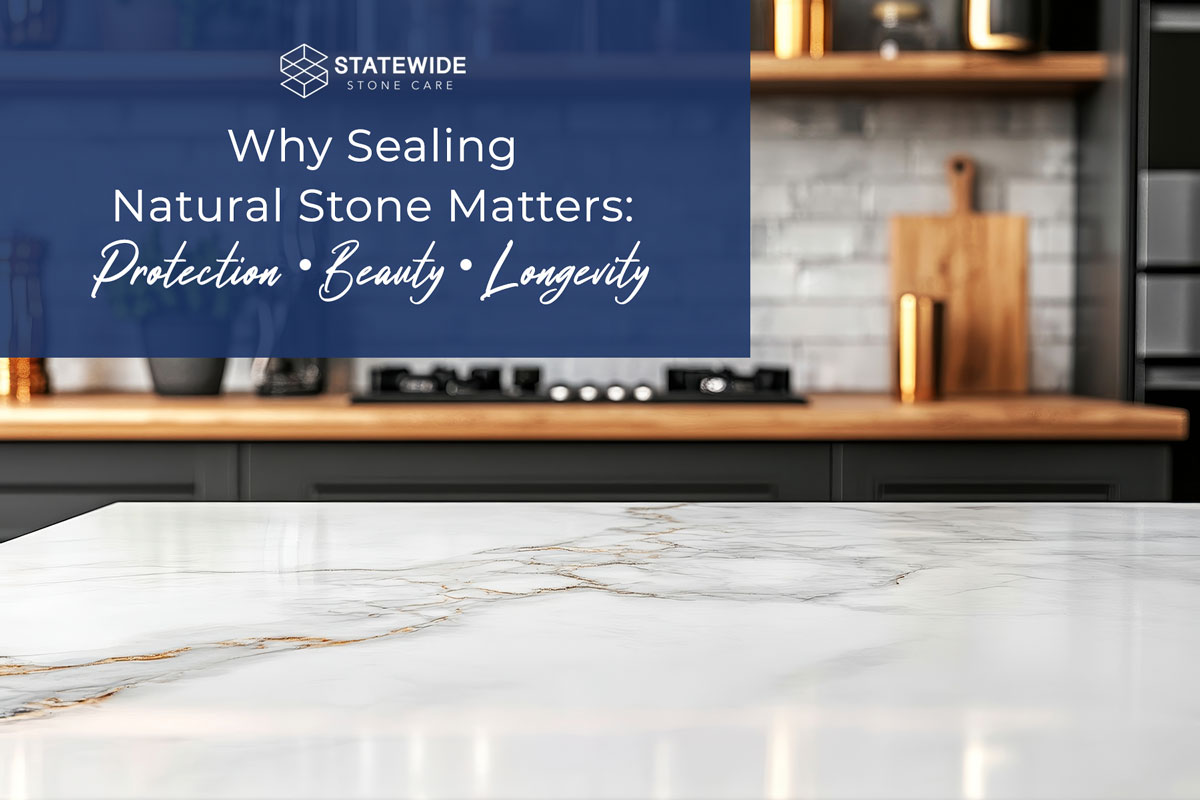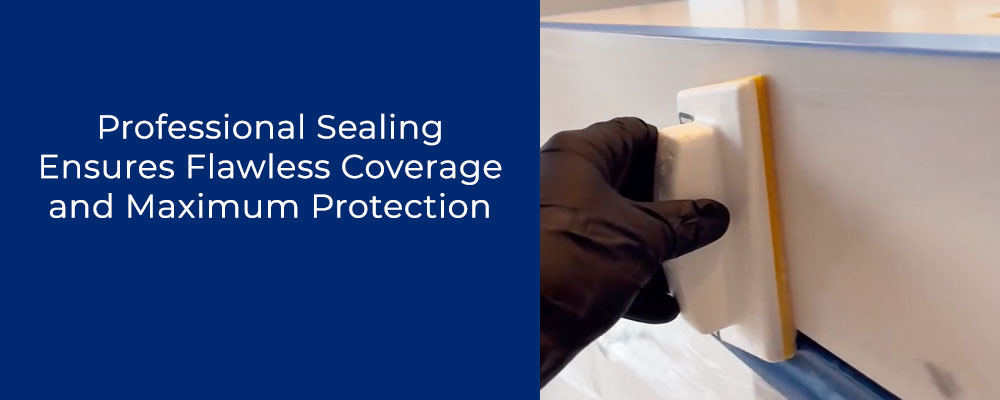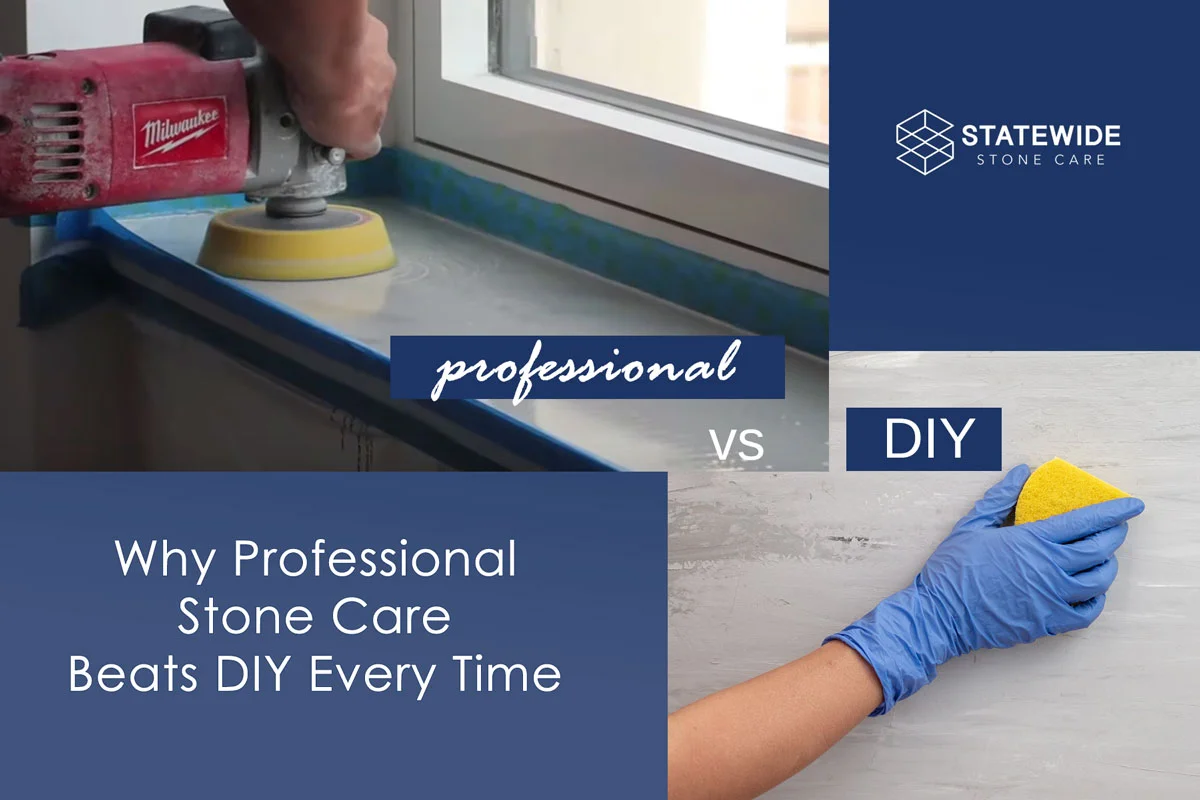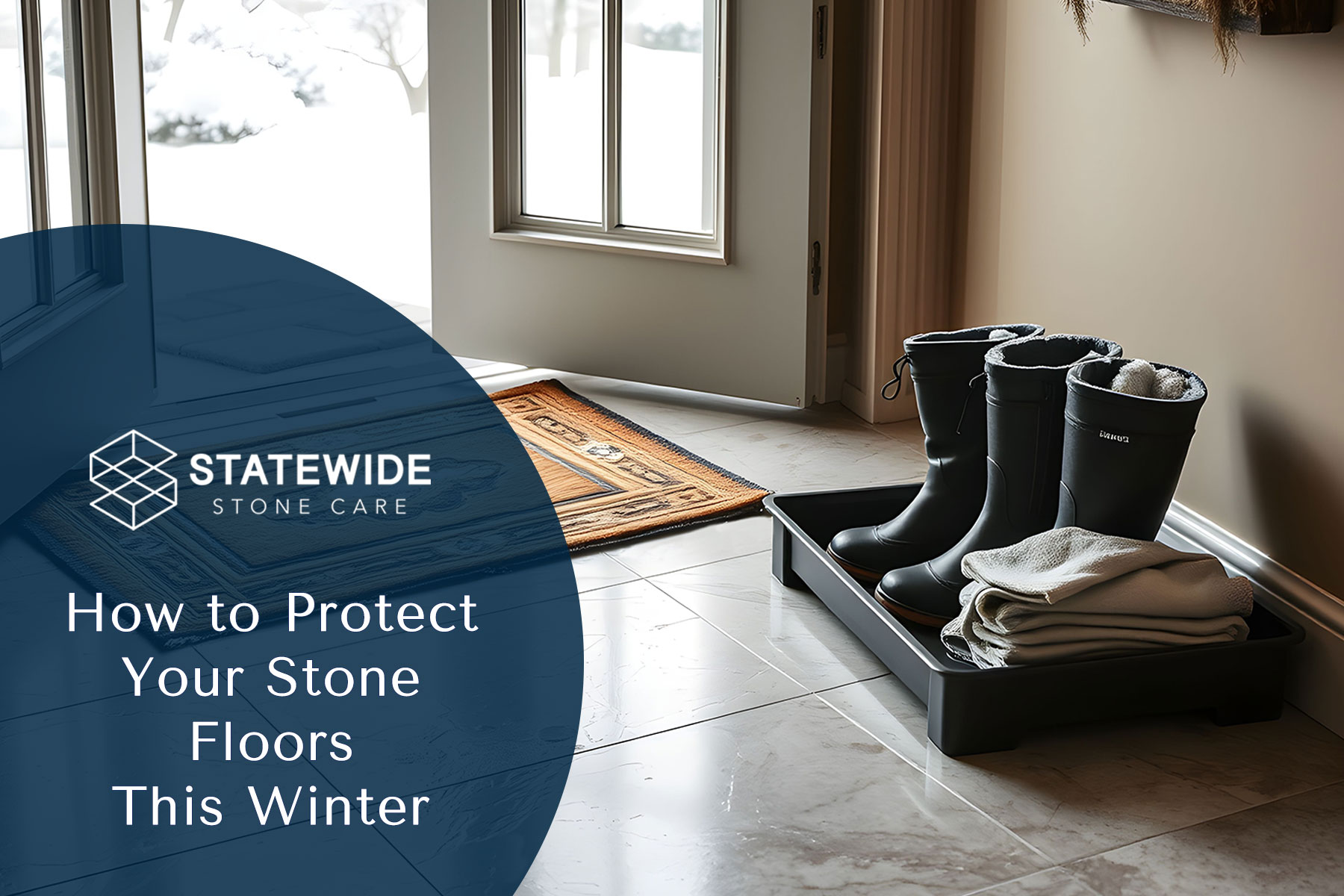Tile floors and surfaces can transform a home, adding elegance and durability. However, the grout lines between tiles often become a magnet for dirt, grime, and stains, dulling their beauty over time. This guide explores why grout gets dirty, how to maintain it, the benefits of professional cleaning for time savings and longevity, and a simple DIY approach for routine care.
Why Tile and Grout Get Dirty
Grout, typically a mix of cement, water, and sand, is highly porous, absorbing:
- Spilled liquids
- Dirt and debris
- Cooking grease and oils
- Soap scum
- Mold and mildew spores
Even sealed grout wears down over time, leaving it vulnerable. High-traffic areas like kitchens, bathrooms, and entryways exacerbate the issue, as foot traffic grinds dirt into grout lines, making regular mopping less effective.
DIY Cleaning: A Simple Approach
For homeowners looking to tackle light grout cleaning, a straightforward DIY method can help with routine maintenance. Mix equal parts water and white vinegar, apply to grout lines with a spray bottle, and let it sit for 5-10 minutes. Scrub with a stiff-bristled brush, then rinse with water and dry with a microfiber cloth. This approach works for minor stains but may not address deep-set dirt or extensive discoloration, and frequent scrubbing can wear down grout over time, making professional care a better long-term solution.
When to Call the Professionals
Certain situations demand professional expertise:
- Persistent stains resistant to DIY efforts
- Widespread discoloration
- Recurring mold or mildew
- Cracked or crumbling grout
- Delicate or valuable tiles needing specialized care
- Large areas where DIY cleaning is too time-consuming
Why Professional Cleaning Outshines DIY
Professional tile and grout cleaning offers unmatched benefits, particularly in saving time and ensuring long-lasting results:
- Specialized Equipment: Commercial steam cleaners and extraction systems remove deep-seated dirt that household tools can’t reach, saving hours of manual scrubbing.
- Professional-Grade Cleaners: Technicians use solutions tailored to specific tile and grout types, ensuring effective cleaning without damage.
- Expert Techniques: Trained professionals adjust their approach based on tile material and stain severity, delivering consistent results.
- Long-Lasting Sealants: Professional-grade sealants protect grout far longer than DIY kits, reducing future maintenance and extending grout lifespan.
Opting for professionals not only restores grout to near-new condition but also minimizes the time and effort required, making it ideal for busy homeowners or those with large, tiled areas.
The Professional Cleaning Process
Here’s what to expect from professional tile and grout cleaning:
- Inspection: Technicians assess tile type, grout condition, and stains.
- Pre-treatment: Specialized cleaners break down embedded dirt.
- Agitation: Tools loosen grime without harming surfaces.
- Extraction: High-powered equipment removes dirt, cleaners, and excess moisture.
- Sealing: Penetrating sealers are applied to prevent future staining.
Most jobs take 1-2 hours for a standard kitchen or bathroom, with larger spaces requiring slightly more time, offering a quick and efficient solution compared to labor-intensive DIY methods.
Maintaining Your Tile and Grout
To prolong the life of your tile and grout:
- Daily/Weekly Care:
- Sweep or vacuum to remove abrasive particles.
- Mop with a pH-neutral cleaner.
- Wipe up spills immediately, especially acidic ones like wine or citrus.
- Use bathmats and squeegee shower walls to reduce moisture and soap scum.
- Preventative Measures:
- Reseal grout annually with DIY kits or professional services.
- Place doormats at entrances to limit dirt.
- Use area rugs in high-traffic zones.
- Ventilate bathrooms to prevent mold and mildew.
Final Thoughts
Clean tile and grout enhance your home’s beauty and hygiene but maintaining them requires effort. While DIY cleaning can handle light upkeep, professional cleaning saves significant time and ensures longer-lasting results through advanced tools, expertise, and durable sealants. By combining routine maintenance with periodic professional care, you can keep your tile surfaces pristine, avoid costly repairs, and enjoy their beauty for years to come.

